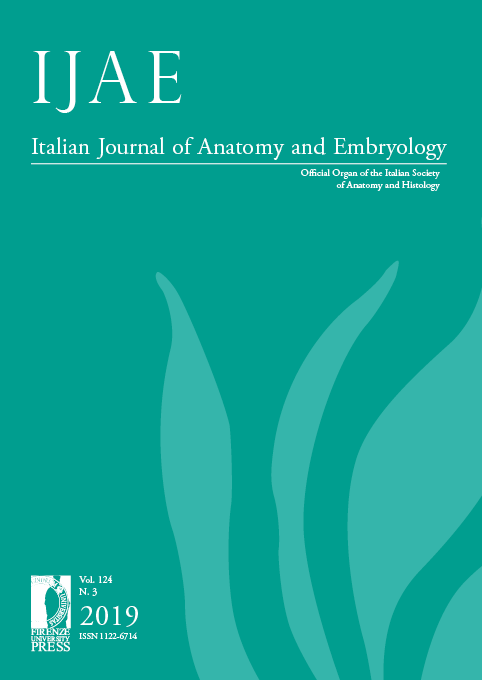Stability analysis of occipitocervical fixation by occiput- C2 pedicular screws construct. A human cadaveric study
Published 2020-05-20
Keywords
- Cadaveric,
- Biomechanics,
- Occipitoatlantoaxial fixation,
- Occipital screw,
- C2 pedicle screw
How to Cite
Abstract
Objective: The present study aims to evaluate the stability provided by occipitocervical (OC) fixation using occipital plate and C2 pedicular screws. Methods: The study included 6 formalin preserved whole human cadaveric specimens. Occipito-cervical fixation was performed using occipital plate and C2 pedicle screws connected by rods. Specimens were manually loaded by the maximum possible flexion, extension and axial rotation. Assessment of stability of fixation was done after 100, 500, 1000, 2000 and 3000 cycles. In the first 3 specimens (group 1), repetitive loading was planned to be initially applied in flexion and extension. If there was no failure of the construct at 3000 cycles, loading has to be continued in axial rotation. In the second 3 specimens (group 2), repetitive loading was planned to be applied initially in axial rotation up to 3000 cycles. If there was no failure of the construct, loading has to be continued in flexion and extension. Results: group 1 showed no implants failure apparently or radiologically after 3000 loading cycles. However, failure occurred at different sites when axial rotation loading was applied at 500, 700 and 900 cycles respectively by axial rotation loading cycles. On the other hand, when axial rotation was initially applied to group 2, failure occurred at 1050, 1000 and 800 respectively cycles before applying flexion and extension loading. Conclusions: Our study revealed that occiput-C2 pedicle screw construct, without supplementary C1 lateral mass provided stability in flexion and extension loading. However, repeated axial rotation loading causes failure of construct.


